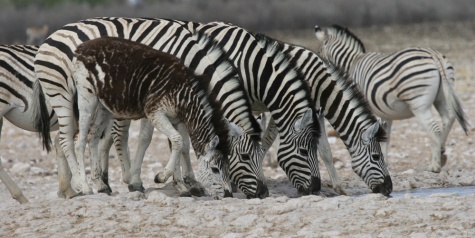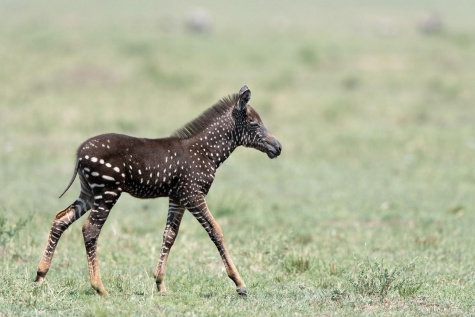
Sosie Casteel | Writer
January 31, 2021
As kids, we fondly remember the black and white striped zebras we watched for hours at the zoo. However, these plains zebras have dropped in numbers by 25 percent since 2002. Biologist Brenda Larison has been studying the evolution of zebra stripes for years, and she noticed a significant number of melanistic zebras (zebras whose stripes did not develop properly) living near Lake Mburo in Uganda.
Larison and her team ran tests on 140 plains zebras (including 7 melanistic zebras) in order to get to the bottom of why so many melanistic zebras are appearing. The study was recently published in Molecular Ecology and the results indicated that more isolated groups of zebras tend to have lower genetic diversity. This leads to gene mutations that can increase the numbers of melanistic zebras. Larison and her team believe the results of the test could be a warning for the future of the species.

Typically, genetic issues like these occur right before things start going south for species.
This odd genetic behavior was photographed in Kenya in 2019 when a rarely spotted foal was seen in Masaai Mara National Reserve.
“It’s weird how such a beautiful animal can indicate a really ugly dilemma,” junior Jet Stadick said. “I always thought it was normal for zebras to look different.”
Genetic health isn’t the only problem with melanistic zebras. Abnormal stripes can make it harder for zebras to blend in and escape from predators. Most recorded instances of abnormal stripes were in foals, indicating that they get hunted before they can reach adulthood.
However, the main concern is the genetic health of plains zebras. Since zebra conservationists rely on translocation to maintain genetic health, the possibility of a new plains zebra subspecies is disastrous. More research is needed; however, since this common species is already having common issues, it brings us closer to the question: how far off is the next mass extinction?

Leave a Reply